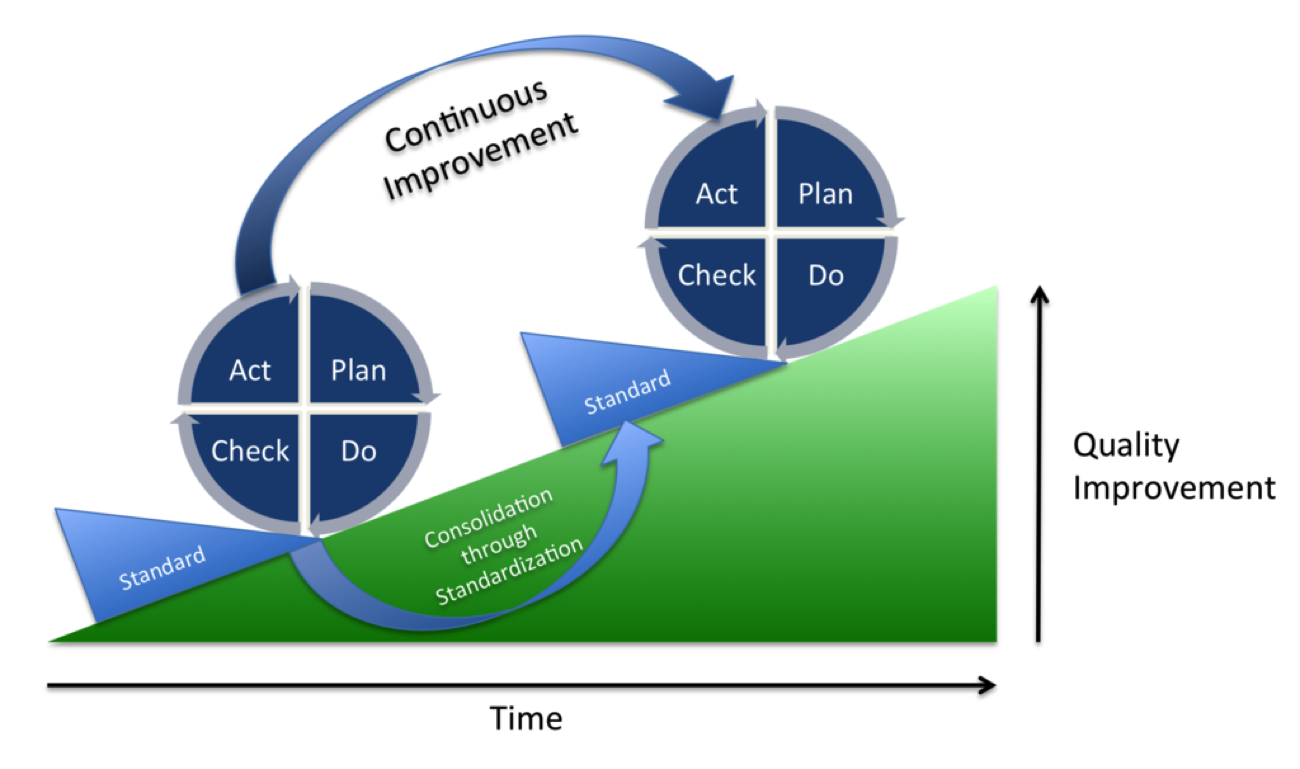Overall Equipment Effectiveness (OEE) is a powerful tool used in Lean Manufacturing for determining sources of loss in a factory. However, the calculation of OEE KPIs is really very easy. By using a series of equations, a plant can take collected data and plug it into any metric desired. The difficult parts are collecting quality data, and making good decisions from the analysis.
The best possible OEE score is 100%. This is not physically possible due to laws of thermodynamics, but it serves as the symbol for what a perfectly lossless manufacturing operation would look like.
It is from there that percentages of loss are measured by various metrics, and calculated into a total.
Here’s how it’s done:
The Formulas of OEE
The simplest way to calculate OEE goes as follows:
OEE = (Good Count x Ideal Cycle Time)/ Planned Production Time
Where
Good Count = Total Count – First Pass Rejects
and
Planned Production Time = Shift Length – Breaks
This method is a perfectly accurate calculation of OEE, but it does not track the individual losses of the Big Six Losses. This is there is the preferred formula for OEE.
The preferred formula is:
OEE = Availability Loss x Performance Loss x Quality Loss
Where each loss type receives a score out of 100% and which together make up the OEE.
The Formulas of Loss Factors
Availability
Availability Loss = Run Time/ Planned Production Time
Where
Run Time = Planned Production Time – Stop Time
Performance
Production Loss = (Ideal Cycle Time x Total Count)/ Run Time
This metric can also be calculated as
Production Loss = (Total Count / Run Time)/ Ideal Run Rate
Where
Run Time = Planned Production Time – Down Time
Quality
Quality Loss = Good Count/ Total Count
With these equations, it is easy to get at in-depth look at the various types of loss occurring a plant. Using OEE in conjunction with other techniques such as Total Process Management (TPM) can provide important actionable insights to improving manufacturing, and developing best practices.
Worximity is deeply committed to the philosophies of Continuous Improvement and Lean Manufacturing in food manufacturing. Using our IoT technology we provide company wide visibility into the statistics that matter to manufacturers and accelerate TTV (Time to Value) of investments in company culture and training to achieve outstanding productivity.
















